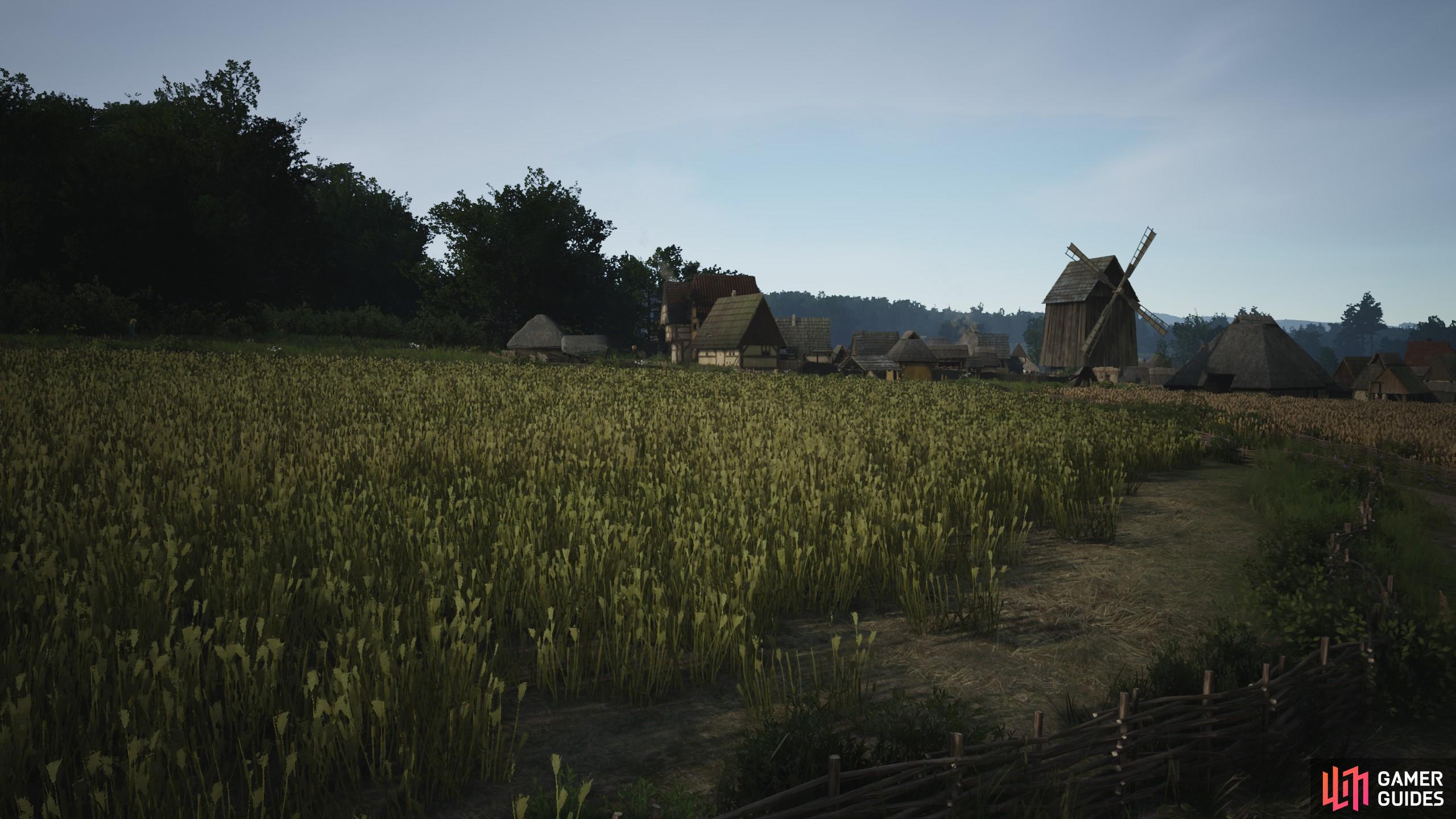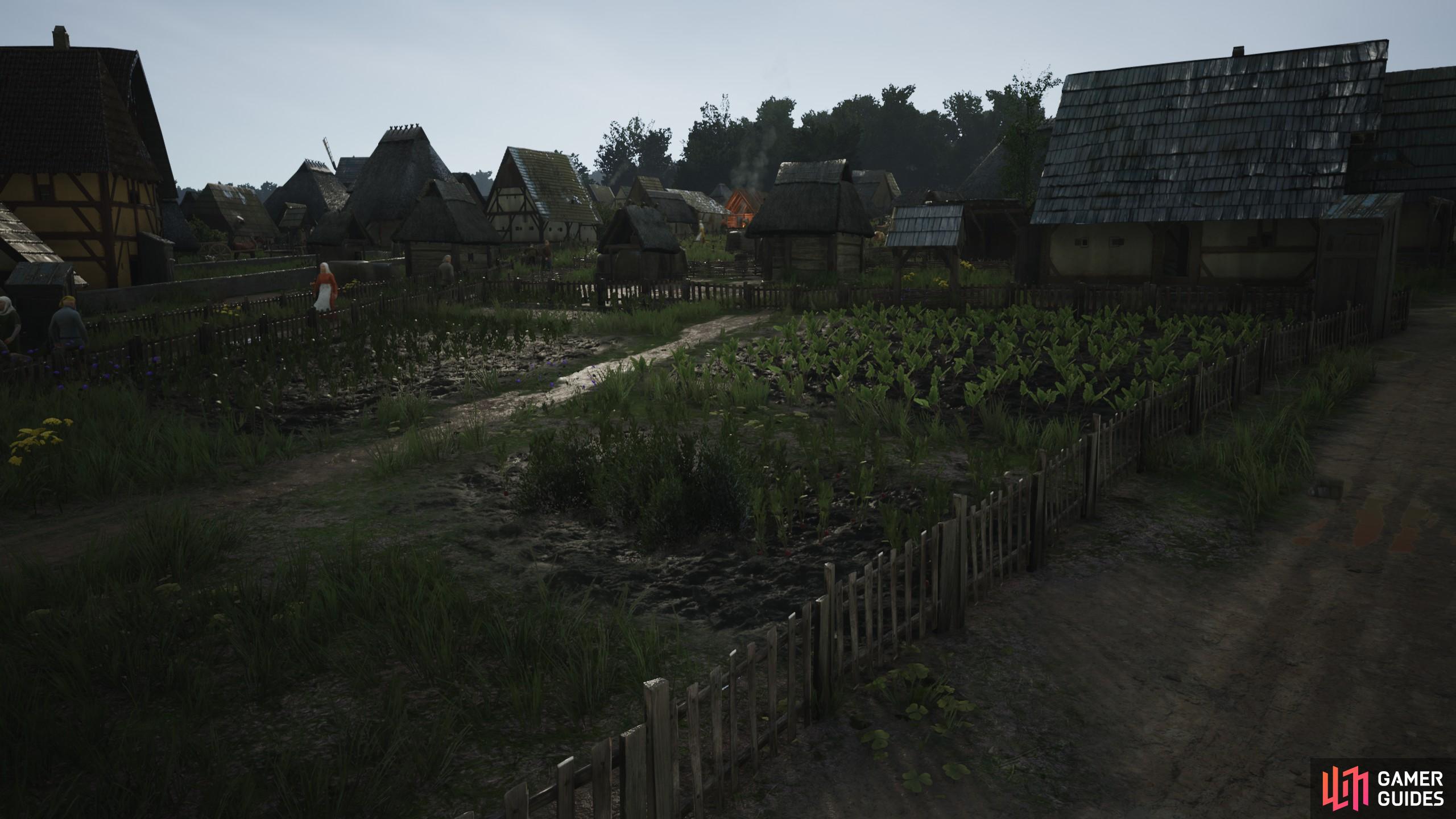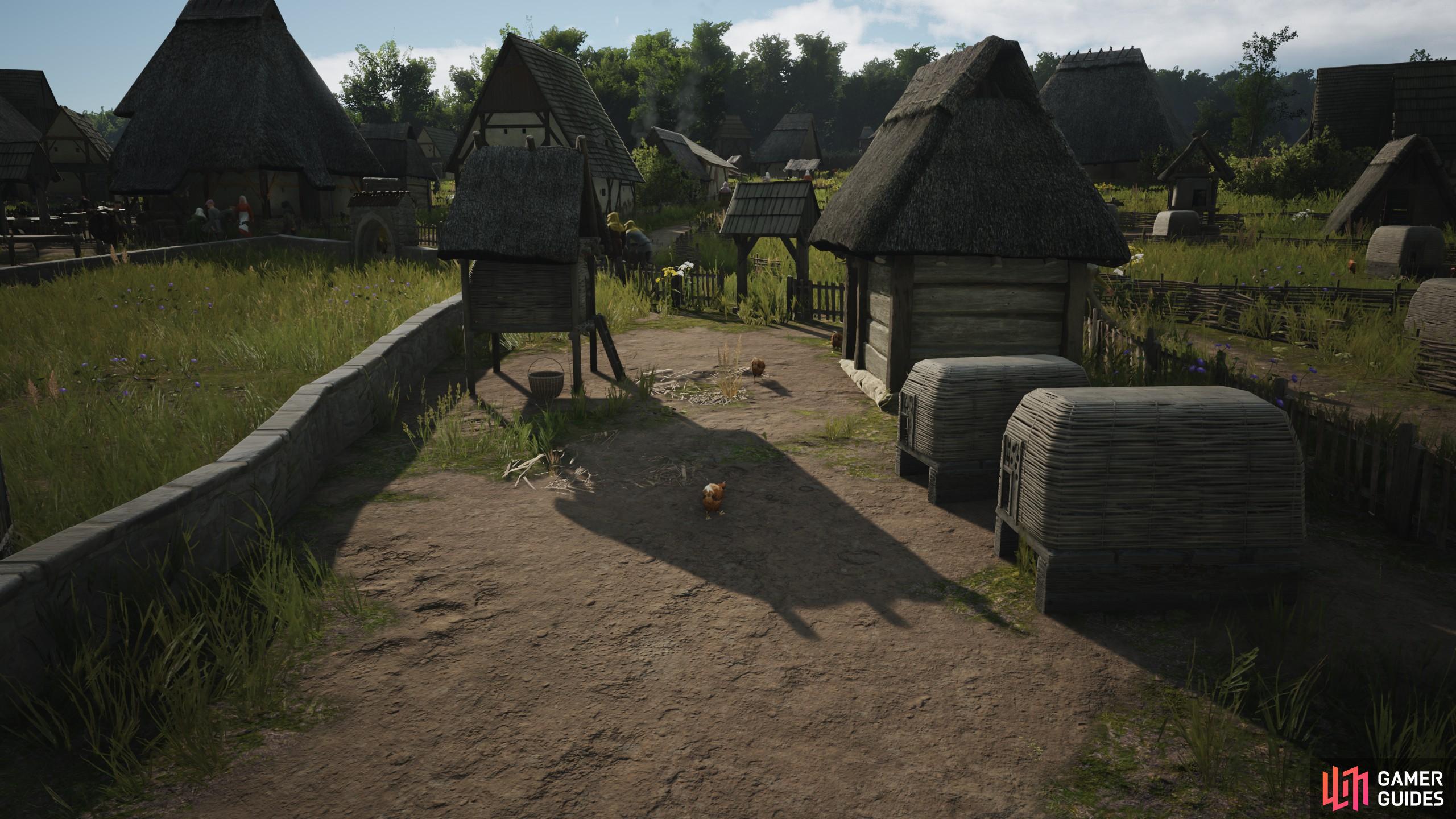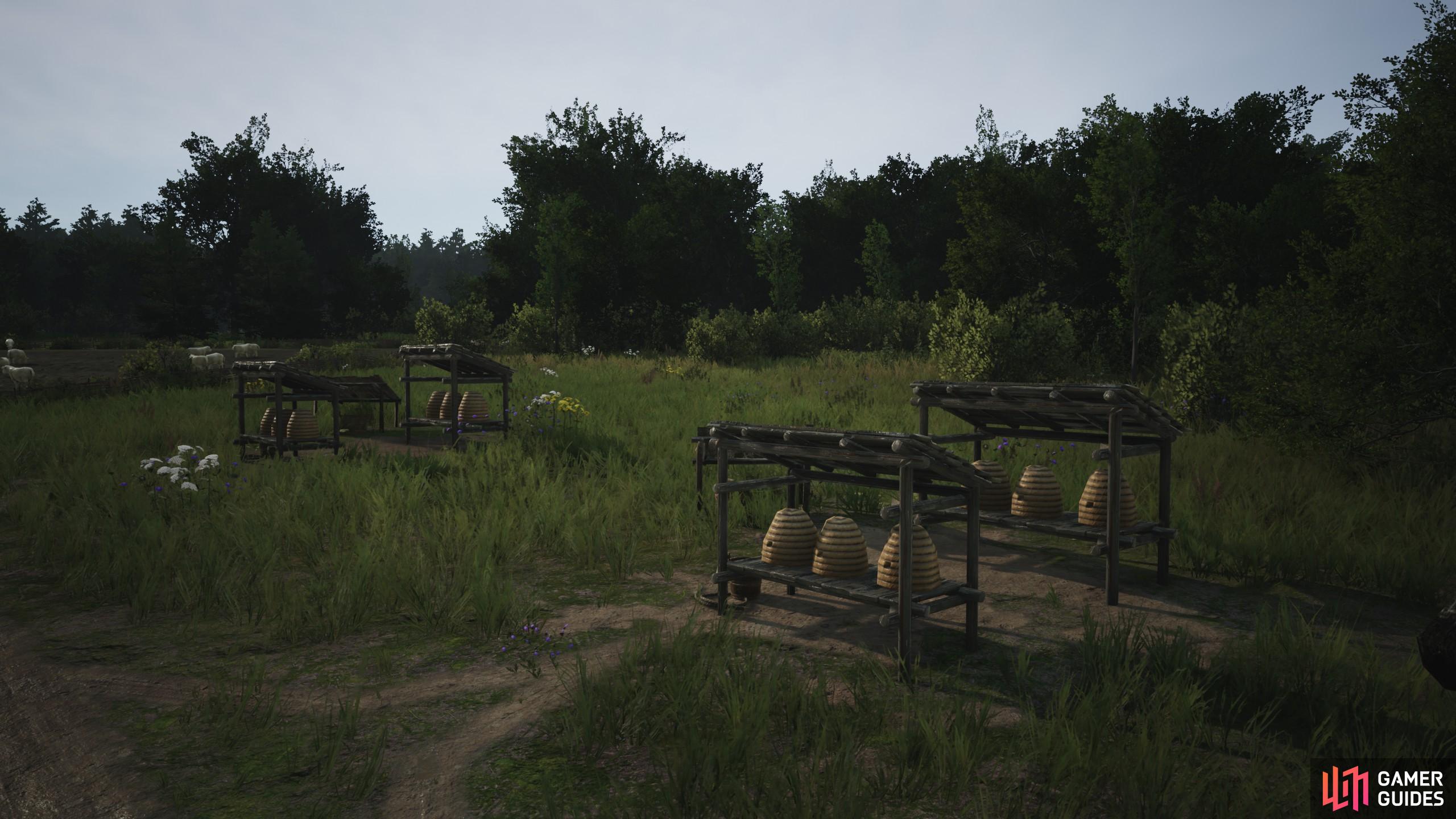Food in Manor Lords is needed to sustain your population for the entire playthrough. Failing to manage your basic food supply and demand is a guaranteed way to fail the game. So, to aid you with growing your population, here’s a closer look at the best foods that you should be making and feeding your people.
This guide takes a look at the best food to make in Manor Lords to feed your population. Hint: it is bread.
Best Food Varieties¶
In terms of the best foods in Manor Lords, you want the following:
- Bread
- Vegetables
- Apples
- Eggs
Bread is primarily the method you’ll use to feed your population using emmer and other grains. Expect to grow lots of wheat over your farming settlements to achieve this. However, if your region of the map has poor farming quality, then you may need to invest in Rye to feed large populations via the Rye development. Expanding and claiming territory that has better farming fertilization could make for a great farming region to import food to your main town if needed. If your settlement at the start of the game has very poor fertilization, place farm fields down immediately and set them to fallow to improve their fertilization from the first moment the game starts. It should provide a passive improvement by the time your farmhands get to plowing them.
Vegetables growing in large burgage plot extensions can become incredibly efficient food sources for your people in Manor Lords. It is up there with bread for the best food sources.
Vegetables are the second best food source in Manor Lords. They are a fantastic source of food as you can get lots and they are fairly cheap to set up. The larger the extension in your burgage plot, the more room you have to plant individual crops in the back garden. Your villagers living in the burgage plot will automatically plant crops from March onwards, and then harvest them from September - November. The larger the burgage plot, the more planting and harvesting your citizens need to do. It is very easy to flood your market stalls with fresh veg for the majority of the year. Pretty much every crop you see planted in a burgage plot extension equals one vegetable. When you get a few vegetable burgage plots, thats a lot of food being grown. It becomes fairly less efficient the bigger your population goes, but it is still very great at producing lots of food variety for your people.
After that, we have Apples. These can serve your population very well. Yet the issue with apples is that they only grow a few for the first three years, and by the fourth year, the apple trees are fully grown and always yield the full amount. It’s worth waiting the four years for the orchards to mature, but it’s something for a settlement with other food source sustainability to think about. However, apples are expensive, cost a development point, and 50 regional wealth to make. It’s not a great early-game food source for these reasons. Yet, it still beats the honey development point option as they are significantly more efficient. We have more tips on best case uses of apple orchards here.
Chickens are a burgage plot extension that produces eggs passively as a food source.
Next on the list is chicken eggs. This burgage plot extension offers players passive egg production at all times. These eggs then contribute to the market stalls for food variety of the year. It’s not so much a perfect method of getting food to feed your population, but it is a really cheap and consistent food variety that your citizens can use to maintain approval ratings as they advance through upgraded burgage plot levels.
Alternative Food Sources¶
While you can use these foods as a food variety, they have issues when the population goes large. These are:
- Meat
- Berries
- Honey
Meat is a great source of food early game. It is perhaps the best source of food in the first few years, especially if the region you start in has a rich wild animal area. However, with no butchery mechanic in place, meat does become more of a luxury in the mid and late-game population settlements. You’re likely going to need to import meat if you want to maintain it as a food source. There are better trapping developments for more meat coming in passively, but it is hardly worth it compared to other developments you can get in the game.
Berries are the exact same situation as meat. You can only get them via wild berries through the gathering hut. If you have a small berry patch, it will feed your population early on. However, berries are also needed for making dyes, which is used in making clothes and cloaks. Chances are your industries want to use the berries more than your people in the mid and late game, so berries become terrible sources of food. There are developments and rich berries deposits on the map, which help you produce more if you take the Forest Management development. But, again, it is a fairly inefficient development if you don’t have access to rich deposits anyway.
The Apiary produces honey, but it is a fairly poor means of getting a luxury food item in Manor Lords.
We also never recommend grabbing Honey. This requires workers to specifically work it, and you are limited to two beekeeping structures for an entire region. For the amount of Honey you get through the year versus the population required to manage it, Honey is very poor. It hardly constitutes a food variety for how slow it can be to get to the market stalls. If you’re going to drop a development point on a food variety, it should always be to improve forests with rich berries, or to get apple orchards in less fertile lands.
This concludes the best foods to use in Manor Lords and the best ways to feed your people. You’ll now have a better idea of the food sources you can use for a variety of meals and your main food measures.





 Sign up
Sign up
No Comments